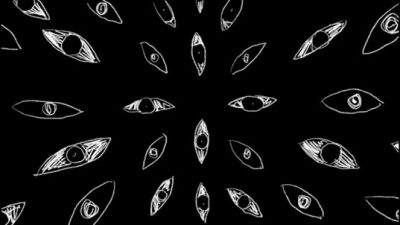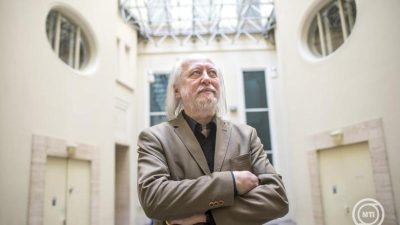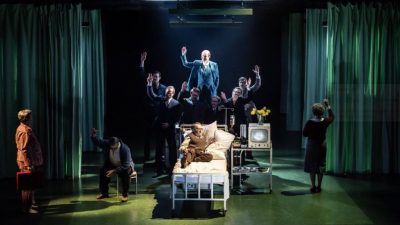Finnish conductor Santtu-Matias Rouvali and his world-renowned Philharmonia Orchestra will perform one of the most iconic and important works of their homeland, Sibelius’ magnificent and cosmic Symphony No. 5, on 16 April as part of the Bartók Spring International Arts Weeks.
The symphony will be preceded by Beethoven’s Leonora Overture and an early Bartók piece, the Violin Concerto No. 1. The Overture leads from darkness to light, from the depths to the heights, while Bartók’s decadent art nouveau Concerto shows the emotions of young love: hope and adoration of the significant other, then bitter disappointment. Kristóf Baráti will be the violin soloist.
One of the most famous passages in Sibelius’ Symphony No. 5 – and perhaps in his entire oeuvre – is the swan motif in the third movement. Once, during a walk by a lake, the Finnish composer saw sixteen swans flying up.
“One of the great experiences of my life! My God, how beautiful!”
– he wrote in his diary and immediately jotted down a tune inspired by the birds’ flight. This simple yet monumental melody is played on cellos and horns in the finale of the Symphony No. 5. Sounding like a majestic natural phenomenon, the moving, mythologically powerful music also recalls the moment, according to British musicologist Sir Donald Tovey, when Thor swings his hammer.
Symphony No. 5 was commissioned by the state in 1915 to celebrate Sibelius’s 50th birthday. Almost immediately after the completion of his Symphony No. 4, Sibelius began to think about the new piece in the spring of 1912, and he began to work more intensively on it in the turbulence of 1914. He wrote to a friend shortly after the outbreak of the First World War:
“Another depth of misery. I have already glimpsed the mountain I am going to climb (…). God opens his gates for a moment and his orchestra plays Symphony No. 5.”
A few weeks later, in October, he wrote the following in his diary:
“The autumn sun is shining. In October, the autumn sun is out. My heart sings sadly – the shadows lengthen. The Adagio of my Fifth Symphony? That I, poor soul, may experience such moments!”
The Symphony No. 5 was premiered on 8 December 1915, the composer’s birthday, which was declared a national holiday. The premiere was greeted by a huge ovation, with delegations arriving hours before the concert to pay tribute to the composer, and celebrations continued for several days afterwards. Nowadays it is unbelievable to think that such a national event as the birthday of a composer and the premiere of a new symphony should be such a national affair, or that the Finns who are stereotypically seen as emotionally reserved, would not be expected to celebrate a composer and his work with such enthusiasm, but this is how their world was in 1915.
Sibelius’s world-changing symphony is a cathartic, profound and hopeful work. As we listen to the swans marching, we feel very small as part of an infinite universe, but it is a uniquely comforting feeling. It gives us a pantheistic hope and reassurance: we are not alone, we are surrounded and comforted by divine and sublime nature.
One of the most renowned experts on Sibelius’ music, Erik Tawaststjerna, said of this feeling in 1978:
“When I watched the first Moonlight Recital on television, I had the Symphony No. 5 in my head. I later learned that the BBC had used this piece as the soundtrack for the moon landing. And from then on, my imaginary journeys in time and space stretched further and further away: to the birth and destruction of planets, to the glow of distant galaxies.”
In this concert at Müpa Budapest, we will hear this drifting, beautiful symphony interpreted by Santtu-Matias Rouvali, a renowned interpreter of Finnish music and a frequent performer in the world’s most prestigious concert halls.
I dedicate this to my children’s father, Richard Brasher, who played Sibelius’s Symphony No. 5 on almost every extended family car journey, evoking images of swansong and Finnish lakes, and forever engaging our children in the love and appreciation of music.
Article: Zsuzsanna Deák
Translation: Zsófia Hacsek

























Comments